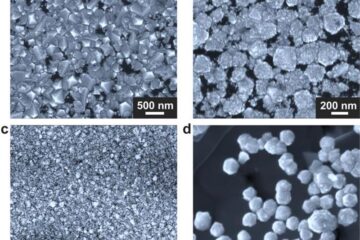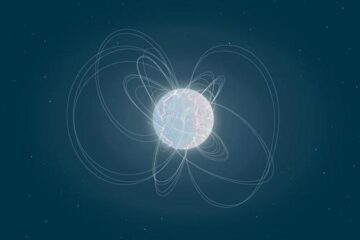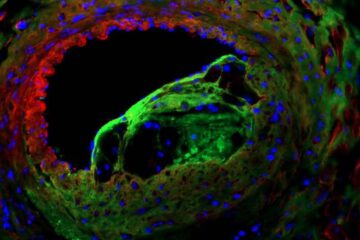Laser Therapy Offers Hope For Acne Sufferers

UK research in this week’s issue of THE LANCET suggests that single-dose laser therapy could dramatically reduce inflammatory facial acne for up to 3 months.
Effective new treatments are required for people with acne; this common skin disease can be associated with social isolation, employment difficulties, and occasionally suicide. At present mild to moderate acne is treated with combinations of topical creams and oral antibiotics-treatment that is often unpopular because they need to be taken every day for several months and can cause skin irritation. Furthermore, there is concern that the bacterium responsible for acne is becoming resistant to many of the commonly prescribed antibiotics. Pulsed-dye laser therapy (PDL) is thought to be effective for treating acne, but no previous studies have assessed its potential benefit.
Tony Chu from London’s Hammersmith Hospital, UK, and colleagues recruited 41 adults with mild-to-moderate facial inflammatory acne. 31 patients received one dose of pulse-dye laser therapy (PDL), the remaining 10 patients received sham treatment.
PDL treatment resulted in a halving of scores on an acne scale at three months follow-up; sham treatment had no effect on the acne scale. PDL therapy was well tolerated and had the largest effect within four weeks of treatment.
Tony Chu comments: “Our results suggest that this laser treatment could be developed as a new therapeutic approach that would allow simultaneous treatment of both active acne and associated scarring. We believe that laser treatment should be further explored as an adjuvant or alternative to daily conventional pharmacological treatments.”
In an accompanying Commentary (p 1342), Guy F Webster from Jefferson Medical College, Philadelphia, USA, concludes: “The possibility that laser treatment is effective in acne is important in health economics terms. Infrequent treatments that make drugs unnecessary would benefit all concerned (except drug companies). But we are not yet at the point where acne patients are going to throw out their antibiotics and line up for the laser. More work is certainly needed, both to confirm the clinical benefit and best regimen and to elucidate its mechanism.”
Media Contact
More Information:
http://www.lancet.comAll latest news from the category: Health and Medicine
This subject area encompasses research and studies in the field of human medicine.
Among the wide-ranging list of topics covered here are anesthesiology, anatomy, surgery, human genetics, hygiene and environmental medicine, internal medicine, neurology, pharmacology, physiology, urology and dental medicine.
Newest articles

Making diamonds at ambient pressure
Scientists develop novel liquid metal alloy system to synthesize diamond under moderate conditions. Did you know that 99% of synthetic diamonds are currently produced using high-pressure and high-temperature (HPHT) methods?[2]…

Eruption of mega-magnetic star lights up nearby galaxy
Thanks to ESA satellites, an international team including UNIGE researchers has detected a giant eruption coming from a magnetar, an extremely magnetic neutron star. While ESA’s satellite INTEGRAL was observing…

Solving the riddle of the sphingolipids in coronary artery disease
Weill Cornell Medicine investigators have uncovered a way to unleash in blood vessels the protective effects of a type of fat-related molecule known as a sphingolipid, suggesting a promising new…





















